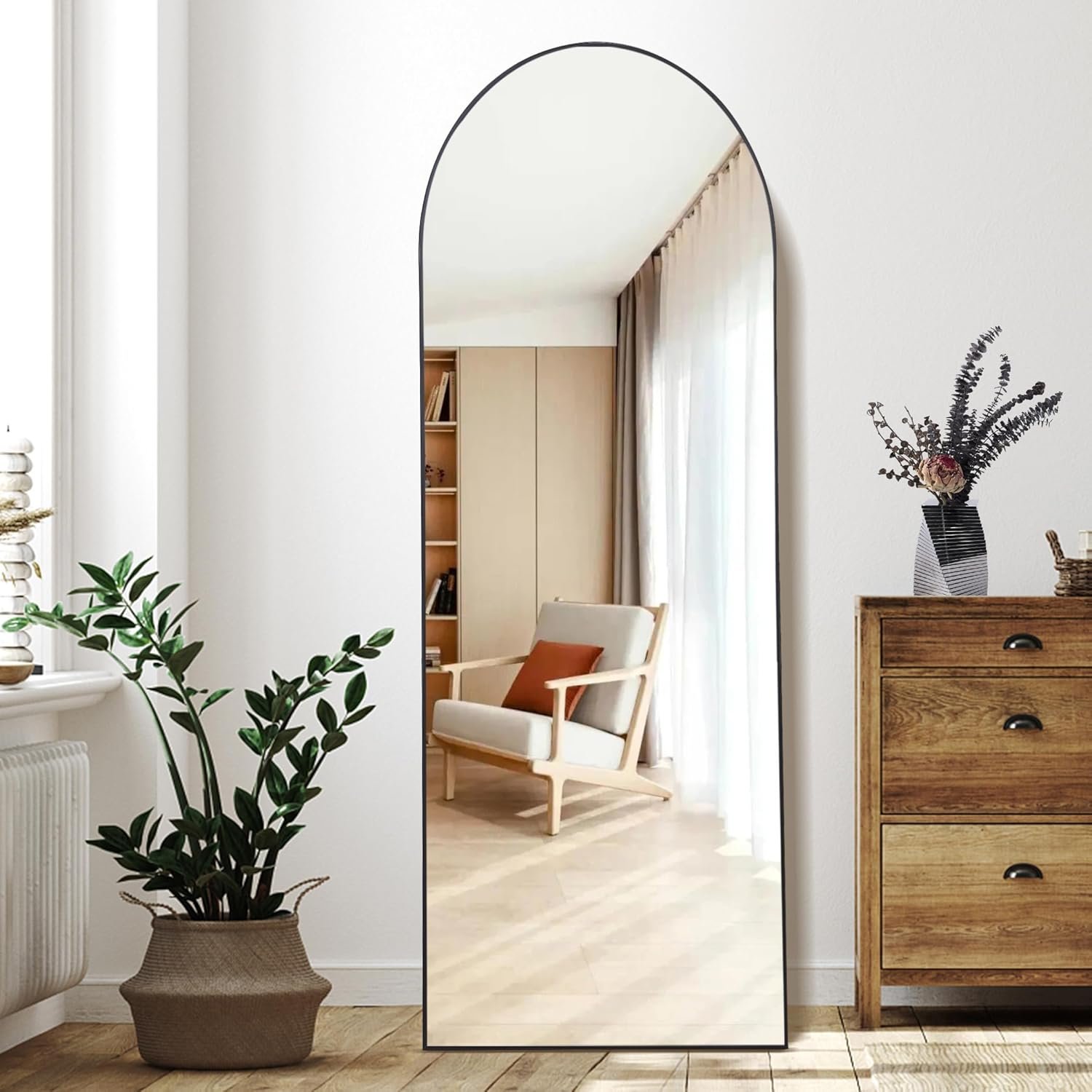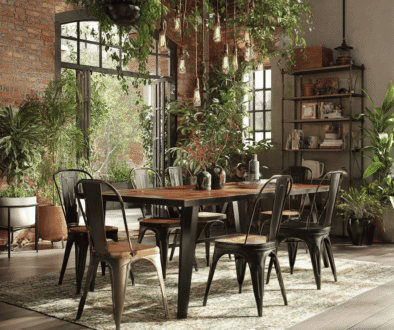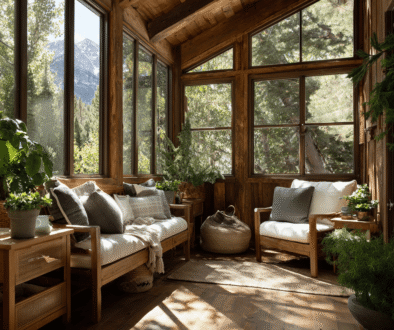Summer Window Box : My Journey to Gorgeous Curb Appeal
I’ve always believed that window boxes are like jewelry for your home. They add that perfect finishing touch that makes everything sparkle. When summer rolls around, I get especially excited about refreshing mine with vibrant colors and lush greenery.
My love affair with window boxes started when I moved into my first home. The plain facade felt so bare. That’s when I discovered the transformative power of these beautiful containers. Now, I can’t imagine my home without them.




Why Summer Window Boxes Matter
Summer window boxes do more than just look pretty. They boost your home’s curb appeal instantly. I’ve noticed passersby slow down to admire them. Neighbors often stop to chat about what I’m growing. These simple containers create connections.
The benefits extend beyond aesthetics. Window boxes can help cool your home naturally. The plants provide shade and release moisture into the air. During those scorching summer days, every bit helps. Plus, they attract beneficial pollinators like butterflies and bees.
I’ve found that maintaining window boxes gives me a daily dose of outdoor therapy. There’s something therapeutic about deadheading flowers and watering plants. It’s my morning meditation before the day gets busy.

Choosing the Right Container
Selecting the perfect window box is crucial. I learned this the hard way. My first attempt involved a cheap plastic box that faded after one season. Now I know better.
Wood boxes offer classic charm but require regular maintenance. I seal mine annually with waterproof stain. Cedar and redwood resist rot naturally, making them excellent choices. They develop a beautiful patina over time.
Fiberglass containers have become my go-to option for many windows. They’re lightweight yet durable. The variety of colors and textures available is impressive. Many mimic the look of traditional materials without the maintenance.
Metal boxes look sleek and modern. However, they can heat up significantly in direct sun. I use them only on north-facing windows. The roots stay cooler there.
Size matters tremendously. I follow the rule of thirds: the box should be one-third the window’s height. Length-wise, it should extend slightly beyond the window frame. This creates visual balance.

Essential Summer Plants for Window Boxes
Plant selection makes or breaks a window box display. I’ve experimented with countless combinations over the years. Some flourish while others disappoint. Here are my tried-and-true favorites.
Thriller Plants
Every successful window box needs a thriller. These are the tall, eye-catching plants that serve as focal points. I typically place them in the center or back of the box.
Geraniums remain my top choice. They bloom profusely all summer long. The variety of colors available is astounding. Red geraniums create classic appeal, while coral varieties offer a modern twist.
Coleus provides stunning foliage in jewel tones. I love how their leaves shimmer in dappled sunlight. They don’t require deadheading, which saves time. Plus, they thrive in partial shade.
Fountain grass adds graceful movement. The feathery plumes sway in the slightest breeze. Purple fountain grass creates dramatic contrast against bright flowers.
Filler Plants
Fillers bridge the gap between thrillers and spillers. They add fullness and color throughout the middle section. I usually plant several of these to create impact.
Petunias bloom nonstop with minimal care. Wave petunias are particularly vigorous. They spread beautifully and self-clean, meaning no deadheading required. The color range is phenomenal.
Begonias excel in shadier locations. Their waxy leaves resist disease well. I especially love the bronze-leafed varieties. They provide rich contrast against lighter flowers.
Impatiens brighten up north-facing windows. They bloom prolifically in shade. The newer varieties resist downy mildew better. I stick with proven cultivars for best results.
Spiller Plants
Spillers cascade over the box edges, softening hard lines. They create that lush, overflowing look I adore. Without them, window boxes appear incomplete.
Trailing petunias remain unbeatable for sunny spots. They bloom continuously and spread generously. Calibrachoa offers similar performance in miniature form.
Sweet potato vine provides bold foliage in chartreuse or deep purple. It grows vigorously, so I pinch it back regularly. The heart-shaped leaves complement any color scheme.
Bacopa produces delicate white or pink flowers. It trails elegantly without becoming aggressive. I love how it weaves through other plants naturally.

Design Principles That Work
Creating visually stunning window boxes involves more than randomly stuffing plants together. I’ve developed a systematic approach that yields consistent results.
Color harmony matters immensely. I choose a primary color scheme and stick with it. Monochromatic displays look sophisticated. Think various shades of pink with white accents. Complementary colors create more drama. Purple and yellow combinations always catch eyes.
Texture variety adds visual interest. I combine different leaf shapes and sizes. Smooth begonia leaves contrast beautifully with feathery grasses. Fine-textured plants like bacopa balance bold-leafed coleus.
Proper spacing prevents overcrowding. I know it’s tempting to pack plants tightly for instant impact. Resist this urge. Plants need room to grow. I space them according to their mature size.
Height variation creates depth. I stagger plant heights from back to front. Tall plants go in back, medium ones in middle, and trailing varieties in front. This layered approach maximizes visual appeal.

Planting Your Summer Window Box
Proper planting technique ensures healthy, vigorous growth. I’ve refined my method through years of trial and error. Here’s my step-by-step process.
First, I ensure adequate drainage. Most boxes come with holes, but I drill more if needed. Water-logged soil kills plants quickly. I’ve learned this lesson painfully.
I use high-quality potting mix, never garden soil. Garden soil compacts in containers. It also harbors diseases. Premium potting mix contains the right balance of drainage and moisture retention.
I add slow-release fertilizer at planting time. This provides consistent nutrition throughout the season. I supplement with liquid fertilizer every two weeks. Well-fed plants bloom more prolifically.
When planting, I loosen root balls gently. Pot-bound roots need encouragement to spread. I make small cuts in severely tangled roots. This stimulates new growth.
I plant spillers first, positioning them along the front edge. Then I add the thriller in the center or back. Finally, I fill in with filler plants. This order prevents damage to delicate trailing stems.
After planting, I water thoroughly until it drains from the bottom. This settles soil and eliminates air pockets. I add more mix if settling occurs.

Maintenance Through the Season
Consistent care keeps window boxes looking spectacular all summer. I’ve developed routines that minimize work while maximizing results.
Watering Wisdom
Watering remains the most critical task. Summer heat dries containers quickly. I check mine daily, sometimes twice during heat waves.
I water early morning when possible. This gives plants time to absorb moisture before peak heat. Evening watering works too, but can promote fungal diseases.
I use a watering wand for gentle, thorough irrigation. It reaches all areas without disturbing mulch. I water until it flows from drainage holes.
Self-watering systems have revolutionized my routine. I installed drip irrigation on hard-to-reach boxes. It saves time and ensures consistent moisture.
Feeding Schedule
Regular fertilization keeps plants blooming abundantly. I use water-soluble fertilizer every two weeks. Half-strength applications work better than occasional strong doses.
I alternate between bloom-boosting and balanced formulas. Bloom boosters contain more phosphorus for flower production. Balanced fertilizers support overall plant health.
Organic options work wonderfully too. Fish emulsion and seaweed extracts provide gentle nutrition. They also improve soil structure over time.
Deadheading and Pruning
Deadheading spent blooms encourages continuous flowering. I make this part of my morning routine. It’s surprisingly relaxing and keeps boxes tidy.
Some plants self-clean, dropping spent flowers naturally. Wave petunias and calibrachoa fall into this category. They save considerable maintenance time.
I pinch back leggy growth regularly. This promotes bushier plants and more blooms. Coleus especially benefits from frequent pinching.
Mid-season renovation sometimes becomes necessary. If plants look tired by midsummer, I cut them back hard. They usually rebound with fresh growth.

Troubleshooting Common Problems
Even experienced gardeners encounter challenges. I’ve faced my share of window box woes. Here’s how I handle common issues.
Pest Management
Aphids occasionally appear, especially on new growth. I spray them off with water. Insecticidal soap works for persistent infestations. I avoid systemic pesticides near pollinator-friendly plants.
Spider mites thrive in hot, dry conditions. Regular misting discourages them. I inspect undersides of leaves regularly. Early detection prevents major problems.
Slugs sometimes climb into boxes, especially after rain. I handpick them during evening patrols. Copper tape around box edges deters them effectively.
Disease Prevention
Good air circulation prevents most fungal diseases. I avoid overcrowding plants. Proper spacing allows air movement between leaves.
I water soil, not foliage, to minimize disease spread. Wet leaves invite problems. Morning watering allows foliage to dry quickly.
I remove diseased leaves immediately. This prevents spread to healthy tissue. I dispose of infected material, never composting it.
Environmental Stress
Extreme heat challenges even heat-loving plants. I provide temporary shade during heat waves. Shade cloth or relocated patio umbrellas work well.
Wind desiccates plants quickly. I install windbreaks for exposed locations. Even a decorative screen helps significantly.
Heavy rain can damage delicate blooms. I temporarily move portable boxes under eaves. For fixed boxes, I accept some damage as natural.

Creative Theme Ideas
Themed window boxes add personality and cohesion. I enjoy experimenting with different concepts each season. Here are some favorites.
Cottage Garden Charm
This romantic style combines old-fashioned flowers in soft colors. I use pastel petunias, white alyssum, and trailing verbena. Pink geraniums add traditional appeal.
I include herbs like trailing thyme and oregano. They add fragrance and attract pollinators. Their delicate flowers complement showier blooms.
Vintage containers enhance the cottage feel. I scout antique shops for weathered wood boxes. Even new boxes can be distressed for aged appearance.
Modern Minimalist
Clean lines and restricted color palettes define this style. I choose architectural plants with strong forms. Spiky grasses and structured succulents work beautifully.
I limit colors to two or three maximum. Black and white creates dramatic impact. Green and white offers serene simplicity.
Sleek containers in neutral colors complete the look. Matte black fiberglass boxes are my favorite. They showcase plants without competing for attention.
Tropical Paradise
Bold foliage and exotic flowers create vacation vibes. I combine coleus, caladiums, and elephant ears. Their large leaves make powerful statements.
Bright flowers in hot colors enhance the tropical feel. Orange begonias, red geraniums, and yellow marigolds sizzle. I avoid pastels in this theme.
Natural materials like bamboo or rattan containers reinforce the exotic atmosphere. I sometimes wrap plain boxes with reed screening.

Seasonal Transitions
Planning for seasonal changes extends window box enjoyment. I’ve learned to think beyond just summer displays.
I plant cool-season annuals in early fall. Pansies, ornamental kale, and chrysanthemums handle light frosts. They bridge the gap until winter arrangements.
Holiday decorations transform boxes beautifully. I add evergreen boughs, berries, and ribbons. Battery-operated lights create magical evening displays.
Spring bulbs planted in fall provide early color. I layer them beneath winter evergreens. Crocuses and mini daffodils emerge as weather warms.

Final Thoughts
Window boxes have enriched my gardening experience immeasurably. They allow creativity in small spaces. They bring nature closer to daily life.
Starting small prevents overwhelm. I began with one box and gradually added more. Each season brings new learning opportunities.
The joy these boxes bring far outweighs the effort required. Neighbors compliment them regularly. I’ve even inspired others to start their own.
My best advice? Jump in and experiment. Plants are forgiving teachers. Mistakes become learning experiences. Soon you’ll develop your own style and preferences.
Summer window boxes transform ordinary windows into living art. They connect us with nature daily. They spread beauty throughout neighborhoods. Most importantly, they bring pure joy to both creators and admirers.
Every morning, I smile seeing my boxes overflowing with color. They remind me that small efforts yield beautiful results. That’s the magic of window box gardening.
If you love home decor and interior design as much as I do, check out these other articles I think you might like.
5 Summer Decor Trends to Skip (And What to Try Instead)
Below is a video that when played on your TV can turn your TV into a piece of art. There are hundreds of different videos to choose from.





Summer Decor for Small Outdoor Spaces
May 21, 2025 @ 1:18 pm
[…] Summer Window Box : My Journey to Gorgeous Curb Appeal […]
Decorating a Summer Cottage : Creating a Seasonal Retreat
July 13, 2025 @ 10:14 pm
[…] Summer Window Box : My Journey to Gorgeous Curb Appeal […]